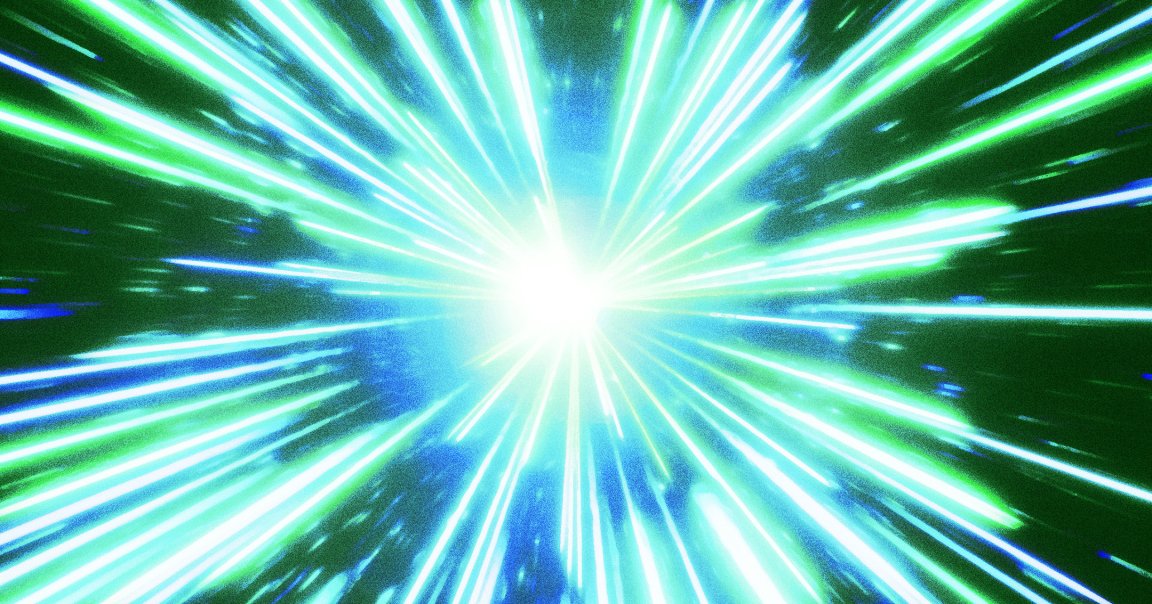
Astronomers believe they’ve uncovered the source behind mysterious cosmic signals known as fast X-ray transients (FXTs) — and it adds a grim twist to our understanding of the death of stars.
Right as a massive star explodes in a supernova, it unleashes a tremendously energetic stream of particles called a jet, producing a gamma ray burst — one of the most powerful explosions in the universe. The rest of the star, typically, collapses into a black hole.
But a pair of new studies suggests that this last gasp by a star before winking out of existence can get “trapped” by some of the star’s own remains, slamming the door shut on the jet so it can’t fully shine.
“As the jet is being launched, that extra material from the star that didn’t collapse into the black hole [interacts] with the jet in such a way that sort of suppresses the jet from actually breaking out of the outer layers,” Jillian Rastinejad, an astronomer at Northwestern University and lead author of one the two studies set to published in the The Astrophysical Journal Letters, told Gizmodo.
That produces the weaker X-ray emissions, in the form of an FXT, which can last from seconds to hours.
The nickname astronomers have for these weakened blasts is nearly as brutal as the catastrophic event itself: a “failed” jet.
According to the findings, FXTs arise from a type of stellar explosion called a Type Ic supernova, which occurs in stars that have long shed their outermost layers of hydrogen and helium.
Because of their ephemeral nature and the extreme distance of most detected FXTs to date, pinpointing their origins has been a challenge for astronomers.
Rastinejad and her team’s breakthrough came when data collected in the Einstein Probe, an X-ray telescope program run by the Chinese Academy of Sciences in collaboration with the European Space Agency, revealed an FXT that was unusually close to Earth — a mere 2.8 billion light years away.
Dubbed EP 250108a, telescopes including the Keck Observatory in Hawai’i and the James Webb Space Telescope rushed to extensively image the X-ray burst in multiple wavelengths, collecting infrared and optical data.
“It’s important to note that X-ray data alone cannot tell us what phenomena created an FXT,” Rastinejad said in a statement about the work. “Rapid observations of the location of the FXT at optical and infrared wavelengths are key to identifying the aftermath of an FXT and assembling clues to its origin.”
With that wealth of data, the astronomers were able to observe how the signal evolved over time. Over the course of several weeks, the stunted supernova increased in brightness before eventually fading. The brief peak in brightness allowed the astronomers to determine that the blast was a Type Ic supernova — and one that was clearly lacking a gamma ray burst.
This has profound implications for our understanding of a star’s demise, because according to the work, with sufficiently large stars — the one that produced EP 250108a is estimated to be between 15 to 30 times heavier than the Sun — the full-blown gamma ray bursts we’ve come to equate with supernovas may not actually be the norm.
Instead, Rastinejad said, “this ‘trapped’ jet outcome is more common in massive star explosions than jets that successfully emerge from the star.”
More on space: Astronomers Capture First-Ever Image of Star That Exploded Twice